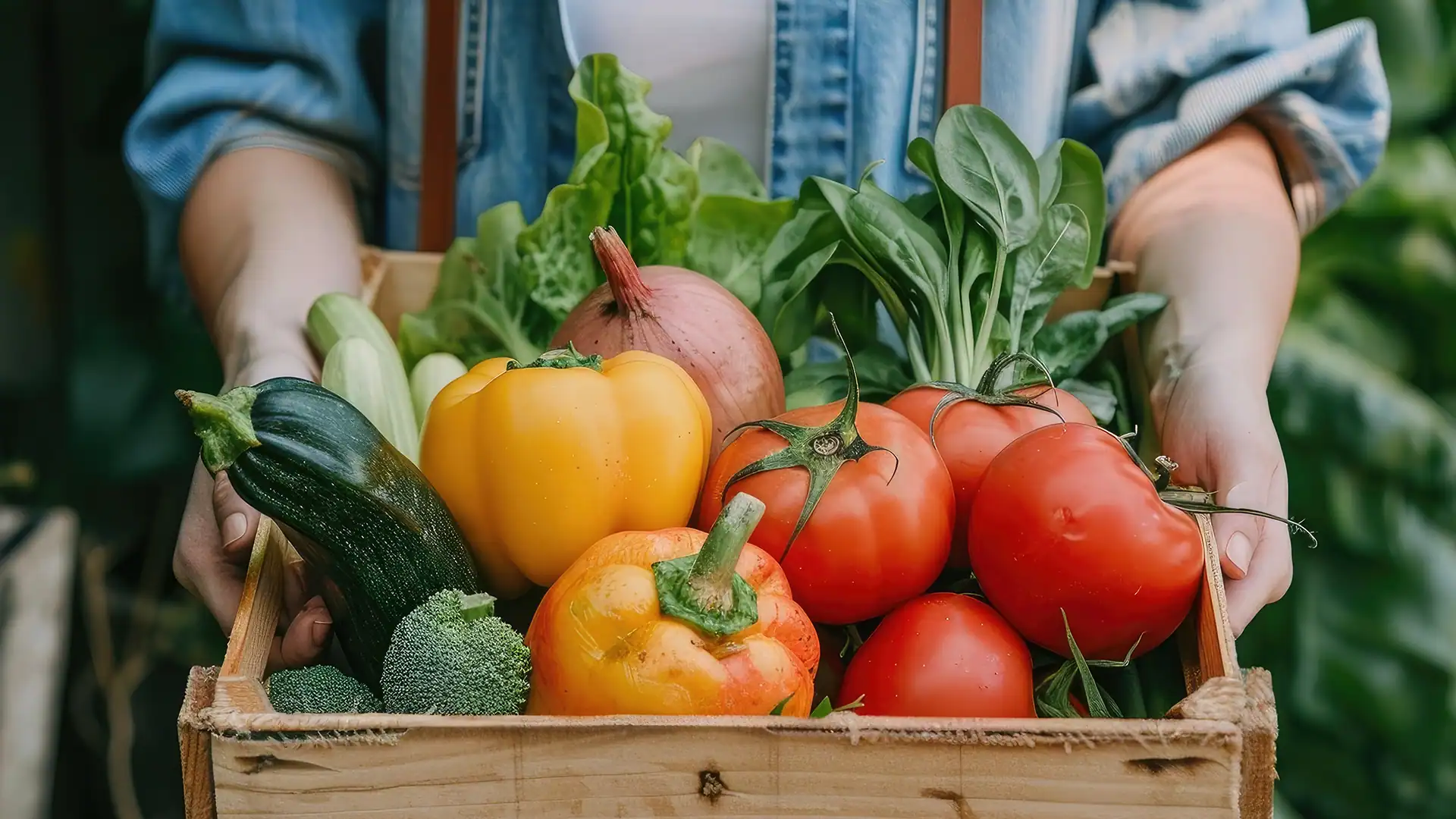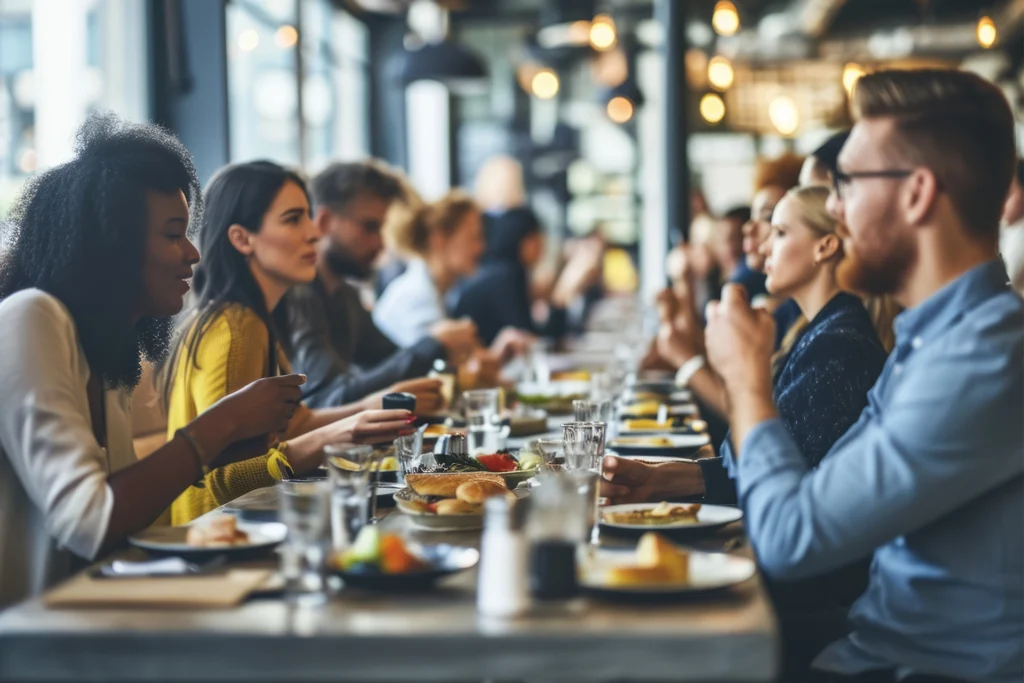In 2025, sustainability isn’t a brand booster; it’s a business mandate. Diners care more than ever about where their food comes from, how it’s made, and what impact it leaves behind. And it’s not just lip service. They’re changing habits, checking receipts, and picking brands that walk the talk. For restaurants, local sourcing and green practices aren’t trends to chase, but they’re must-haves to stay relevant, competitive, and profitable.
LOCAL ISN’T JUST FRESH; IT’S A FLEX
Sourcing locally used to be a premium move, but now, it’s a smart one. Operators are tightening their supply chains, not just to lower emissions, but to protect against global volatility. When ingredients come from nearby farms, bakeries, or fisheries, menus become more resilient and meaningful. Diners notice. According to industry data, menus with locally sourced callouts see higher engagement, especially among Gen Z and millennials.
But it’s not just about the food. Local sourcing builds community loyalty because customers want to support the businesses that support their neighbors. And when they feel that alignment, they come back. Sustainability is emotional, and local makes it personal.
GREEN PRACTICES ARE A HIRING ADVANTAGE
Sustainability isn’t only a guest-facing story. It’s becoming a major factor in employee recruitment and retention. According to the Green Restaurant Association, 78% of staff say they prefer working at Certified Green Restaurants®. That’s a huge win in an industry where turnover can reach 70% annually. Less churn means less time spent hiring and training, which means more consistency for guests.
Operators like Aroma Thyme Café have proven this in practice. Half of their team cited green certification as a deciding factor in accepting the job. When staff believe in your mission, they work harder, stay longer, and create a better customer experience. That’s sustainability in action.
SMART SYSTEMS CUT WASTE AND COSTS
Running a sustainable kitchen isn’t about swapping plastic straws or adding plant-based options. However, it is about rethinking systems from the ground up. In 2025, the smartest operators are using digital tools to track inventory in real time, cut spoilage, and optimize energy usage. That’s good for the planet and the bottom line.
Certified Green Restaurants have reported lower waste bills, water savings, and streamlined cleaning costs thanks to safer, more efficient materials. And once the CFO sees the numbers, sustainability stops being a “nice-to-have.” Instead, it becomes a core part of financial strategy.
REAL TRANSPARENCY, NOT GREEN GIMMICKS
Guests are savvier than ever. They don’t want vague promises or vague packaging. They want numbers, proof, and progress. That’s why programs like the Certified Green Restaurant designation matter. It offers a verified, transparent framework for operators to follow as well as a badge guests and employees can trust.
When diners see composting bins in action, kitchen staff tracking waste, and menus that reflect seasonal sourcing, it all adds up. Sustainability becomes tangible, and that’s what builds brand trust and guest loyalty over time.
VIGOR’S VIEW
In 2025, sustainability isn’t a seasonal special. It’s a business strategy that works across supply, staff, and story. The brands that treat it like a checklist are falling behind. The ones who invest in local sourcing, in certification, and in better systems are gaining ground. Guests are watching. Employees are choosing. Your sustainability story needs to be real, visible, and built into the everyday. Want help turning those values into value? That’s where we come in.
Read up on Part 1 of this series — Restaurant Realities 2025: Value-Driven Dining. And make sure to keep an eye out for Part 3!


